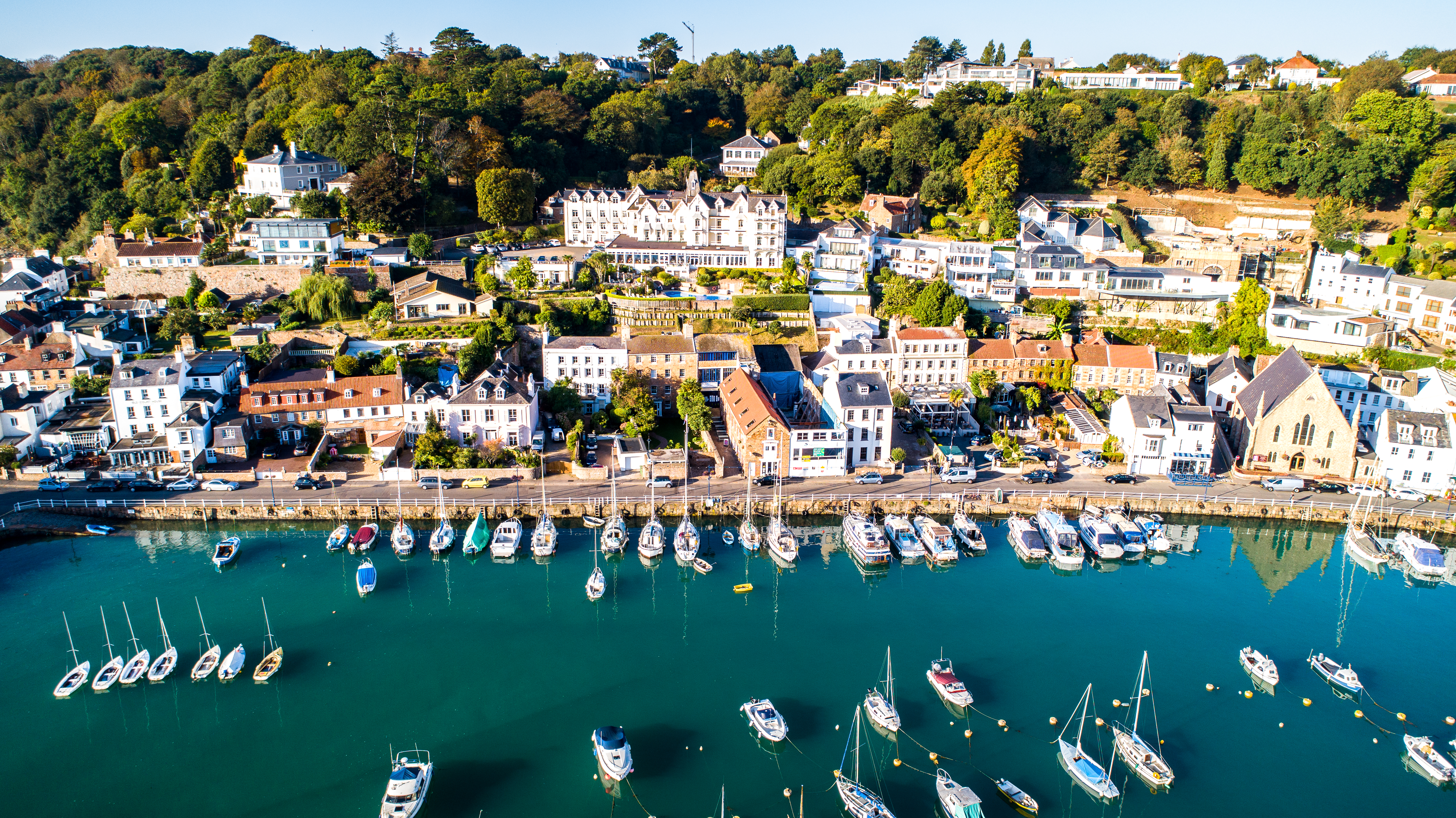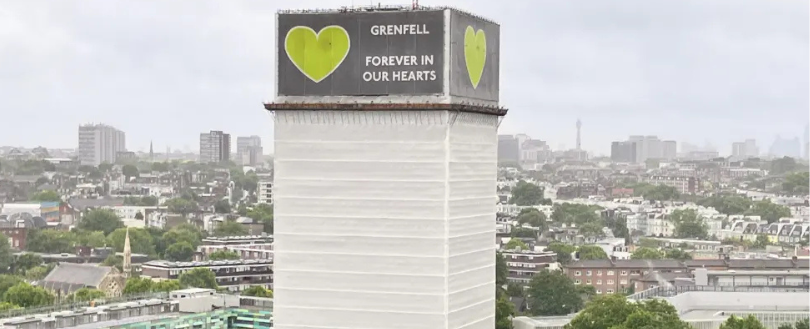Scientists Warn Hot, Dry Summers Bring New 'Firewave' Risk to UK Cities
UK cities are facing a growing threat from an emerging phenomenon called 'firewaves', exacerbated by increasingly hot and dry summers, according to scientists.
The warning comes as firefighters have battled three separate heath blazes across London and a gorse fire on Arthur's Seat in Edinburgh in recent days. The latest heatwave this summer has left vegetation across both capital cities dangerously dry.
Researchers at Imperial College London have coined the term 'firewaves', which describes urban wildfires that are triggered by extended periods of arid, hot weather. The fires over the past week have highlighted the increasing vulnerability of urban areas to wildfires, where once the risk was thought to be to rural areas alone.
Urban environments like London are thought to be particularly susceptible, with their abundance of parks and green spaces which border with residential zones.
The term firewave is intended to encapsulate the unique danger posed when several fires erupt simultaneously in densely populated areas and have the potential to overwhelm emergency services, as well as threatening homes and infrastructure.
On 19th July 2022, UK temperatures exceeded 40C for the first time on record, with the London Fire Brigade (LFB) experiencing its busiest day since World War II with fires breaking out across the city, including a devastating East London blaze which destroyed 37 buildings, 5 cars and forced 88 homes to evacuate.
"Climate change is bringing more heatwaves and longer dry spells. These conditions dry out fuels and increase the risk of wildfires. That risk is much greater now than it was even a decade ago."
Guillermo Rein, professor of fire science at Imperial College London, has been working alongside the LFB to help predict when conditions are ripe for a firewave, which research showing that ten successive days of very dry weather renders vegetation so desiccated that the likelihood of multiple fires igniting rises sharply.
One of the most important factors is the measure of how much moisture the atmosphere can extract from the land, known as the 'vapour pressure deficit'. The higher the deficit, the drier the vegetation becomes, and the more easily fires will ignite.
Professor Rein said: "Vegetation doesn't just become a bit more flammable, it becomes much more flammable. Once the moisture content of the vegetation drops below a certain threshold, even a small spark can lead to a fast-spreading fire."
He added: "Climate change is bringing more heatwaves and longer dry spells. These conditions dry out fuels and increase the risk of wildfires. That risk is much greater now than it was even a decade ago."
"I worry about all other UK cities and other northern European cities in particular because climate change seems to be making green vegetation that was not flammable very flammable indeed. And these places don't have a history of dealing with wildfires so don't have as much institutional experience as cities in the south of the continent."
To meet this growing threat, the LFB says it has invested in new technologies and equipment. Drones now play a critical role in wildfire response, providing real-time aerial views that allow commanders to map the spread of fires and best direct resources where they are most needed.
A spokesperson said: "The bird's-eye view from drones gives us a huge boost in situational awareness. It allows us to target our efforts where the risk to life and property is greatest."
Imperial College London contends that the Met Office's current definition of a heatwave doesn't adequately reflect the risk of urban wildfires, proposing instead that the term 'firewave' is adopted in the hope it will inform future public safety strategies.



